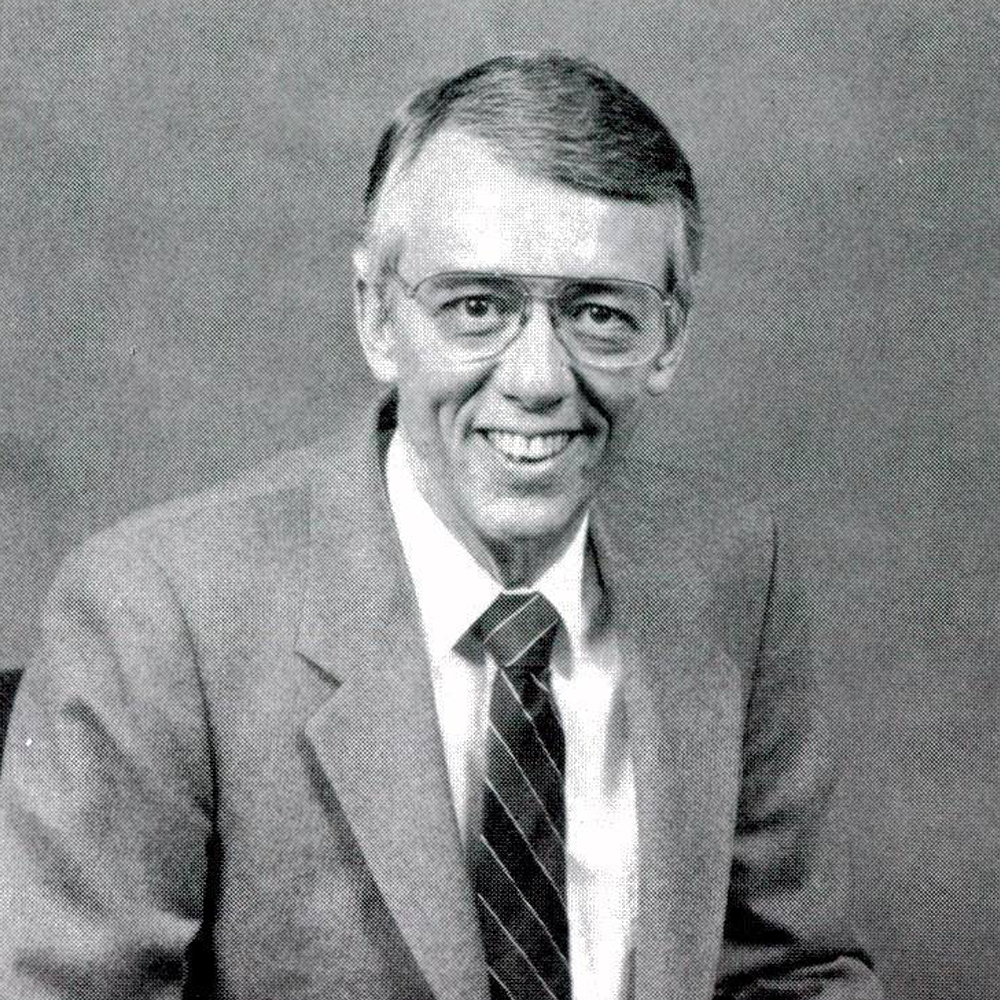SIGGRAPH 1989 Steven Anson Coons Award: Evans
Awardee(s):
Award:
-
Steven Anson Coons Award
Description:
The 1989 Steven A. Coons Award for Outstanding Creative Contributions is made to David C. Evans, a truly inspiring leader in computer graphics over a period of nearly three decades.
David Evans began his career in computers around 1950, although his formal education was in physics. His early work involved incremental computers applied to numerical controls for the Bendix Corporation. There he also was Project Engineer for the Bendix G-15 computer, a 1956 personal computer with an interpretive programming system. Evans, however, was dedicated to developing computing systems for interactive personal problem-solving.
Thus, he turned his attention to timesharing and graphics. While a professor at the University of California at Berkeley in the early 60’s, he directed a laboratory that pioneered a successful multi-user timesharing system, named “GENIE.” Many of that system’s ideas were subsequently utilized by Scientific Data Systems in its 900-series computers. The Evans laboratory also explored interactive graphics based upon an IDIOM display attached to a Digital Equipment Corporation PDP-5 computer. This early foray into computer graphics Subsequently led to the golden era of computer graphics at the University of Utah and the founding of the Evans and Sutherland Computer Company in Salt Lake City. Dr. Evans returned home to Utah to build up the Computer Science Department of the University of Utah. There he assembled faculty including such well known individuals as Ivan Sutherland, the first recipient of the Coons Award, and Thomas Stockham.
Steven Coons was a visiting faculty member at Utah in 1973. William Newman, co-author with Robert Sproull of the well-known textbook, spent several years there. Newman said: “He (Evans) had a particular style of running a department that I now think of as magical, in the sense that everything one could wish for seemed to arrive almost without asking .”
The period from 1967 through at least 1975 was an extraordinary time for computer graphics at Utah. There was a rare confluence of faculty, students, staff, facilities and resources to support vision research and hard work that produced remarkable developments in computer graphics. This research was responsible for the birth of continuous-tone computer graphics as we know it today. An amazing constellation of students passed through the University of Utah and their names are to be found throughout the publications of SIGGRAPH and other graphics journals. Among them were Jim Blinn and Jim Clark, previous Achievement Award winners, and this year’s Achievement Award Winner John Warnock. Many of his students have remarked that it was David Evans’ vision and his commitment to them that made their work possible. His guidance and advice were influential in giving them a sense of self-realization.
Beyond his abilities as an educator are his achievements in the business world. With Ivan Sutherland he founded the Evans and Sutherland Computer Corporation to produce premier computer graphics display equipment. A large part of this company’s business concerns real time simulation of scenes associated with aircraft flying and automobiles driving. These real time simulators are a partial expression of David Evans’ wish to contribute to all manner of simulation. He has been known to say that engineering design is just another form of simulation of the products to be built.
SIGGRAPH is pleased to present the 1989 Coons award to David C. Evans, technical leader and innovator, an advisor and mentor, who regularly inspires those around him and continues to provide the vision and environment for great accomplishments. We hereby express our recognition and gratitude for his direct and indirect contributions to computer graphics.
Source:
- ACM SIGGRAPH Citation





